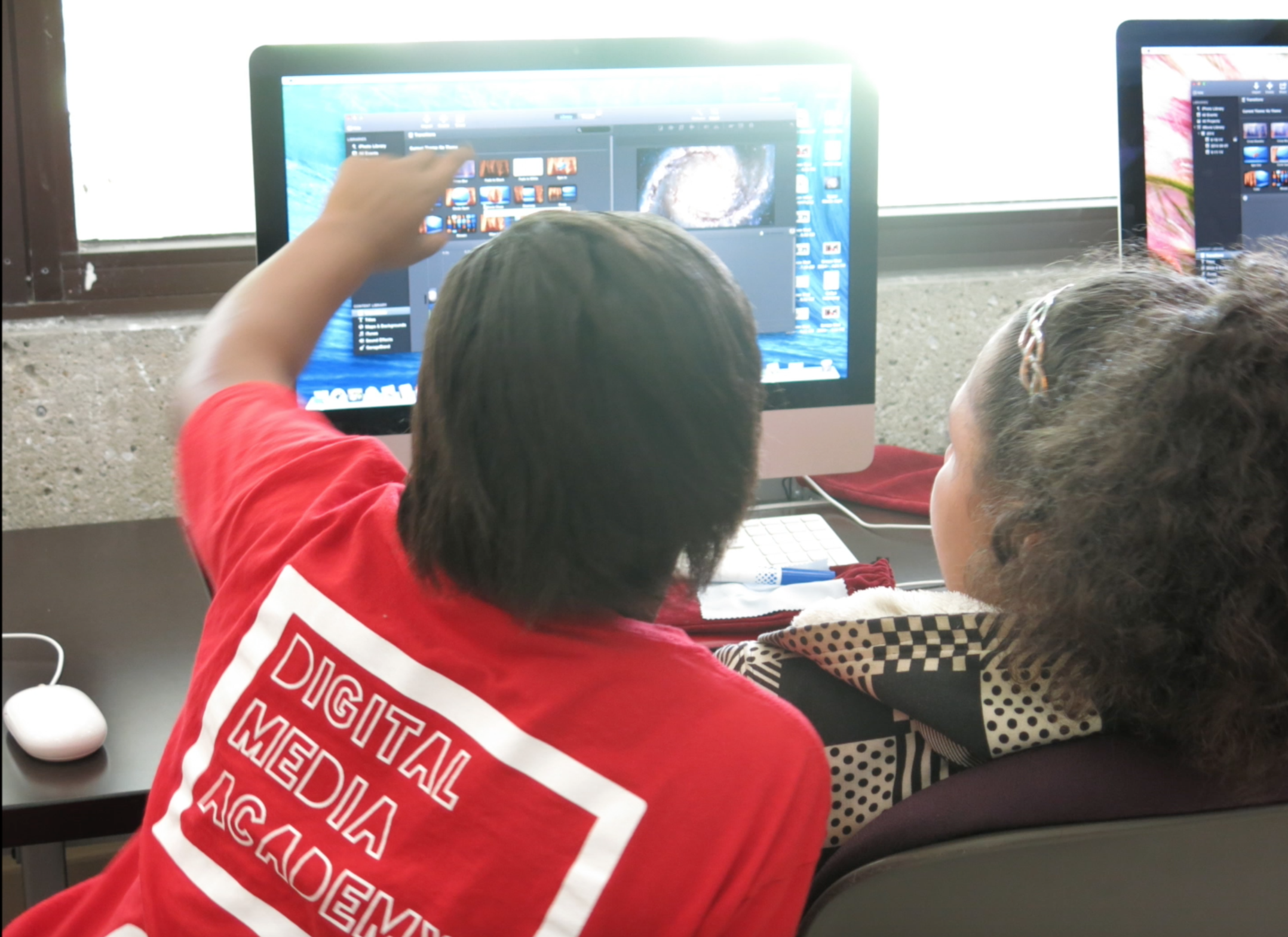Looking Ahead

This discussion about DMA does not try to posit some truth. Rather, it seeks to understand particular ways that DMA and DMA girls are materially-discursively entangled and to help DMA girls explore the consequences of these entanglements so that they can engage effectively in conversations they value. Through this project, I am using DMA to examine how/if I can reconfigure what Barad might call the boundary articulations and exclusions—the agential cuts Rick Wysocki and I discuss in our introduction—to help make legible the series of entanglements that make DMA and DMA girls materialize as bodies that matter. This is the work of Heckman’s concept of disclosure; that is, by exposing and reassembling boundary articulations and exclusions, we both make intelligible certain worlds and take responsibility for encouraging these (or other) worlds. Such work attends to the consequences of understanding the intra-action between the knowledge we create and the world we seek to shape with that knowledge.
As aspirational as these goals are, we cannot control the uptake of this work, whether at DMA or anywhere else. What we can do, as Gesa E. Kirsch reminds me, is to think carefully about possible consequences, and, as researchers, partner with our communities to actively and ethically attempt to influence these consequences via cooperative, on-going projects. One way we can do this in our research, I argue, is to study the material-discursive effects of encouraged entanglements to see both the matter of our work and the ways that our work comes to matter for others.
